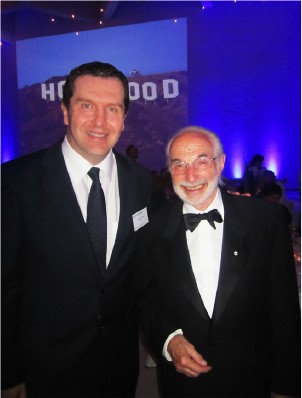
In 1974, Joseph Schatzker proposed a two-dimensional classification system that would become the most utilized system for tibial plateau fractures. More than four decades later, Mauricio Kfuri Jr., MD, PhD, builds on Schatzker’s original template and proposes a new three-dimensional classification in light of new information made available by computed tomography.
The new system relies on the tibial plateau’s two anatomical columns (lateral and medial) and introduces a virtual equator that splits the articular surface in the coronal plane, dividing each column into two quadrants (anterior and posterior). The quadrants allow for additional modifiers of fracture types to describe the exact spatial location of the primary fracture plane—essential information for preoperative planning of patient positioning, surgical approach, and determining where to apply hardware to achieve stable fixation.

Recently published in Injury, Kfuri and Schatzker’s article, “Revisiting the Schatzker Classification of Tibial Plateau Fractures”, represents a decade of reflections and thinking about how to provide a better understanding of the mechanism of injury and, therefore, the decision-making in the management of tibial plateau fractures. The article is open access, allowing for free access around the world.
This article, which is open access, was the most downloaded article on Injury’s website as of Oct. 16, 2019.





